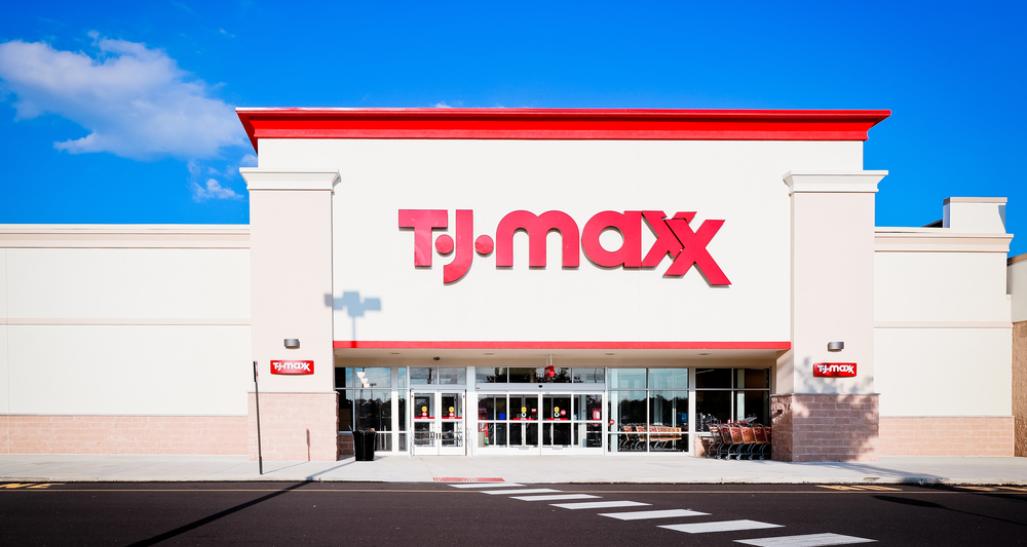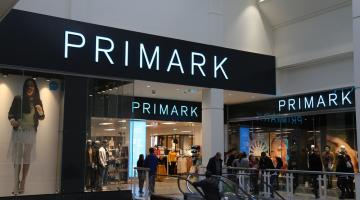
Forget talk of a recession, inflation and lagging consumer confidence. When it comes to retailers with the biggest growth in U.S. sales — NRF’s Hot 25 Retailers — the numbers are definitely pointed skyward.
The Hot 25 retailers, noted for their sales increases compared with 2020, had at least a 25 percent increase in sales. Those in the top 10 all had sales increases of more than 40 percent.
Talk about turnaround.
NRF's Hot 25 Retailers ranks the nation’s fastest-growing retail companies.
View the complete chart.
So, what’s the big lesson from the list compiled by Kantar?
“The biggest change year-over-year is the reopening of malls and the recovery of apparel and department stores,” says Kantar Senior Vice President David Marcotte. “When you look at it two years prior, you see a different story. That’s a concern going into 2022 and 2023 just how that will unfold.”
One-year vs. two-year comparison …
While the Hot 25 is a reflection of 2020 to 2021 growth, Marcotte says many retailers are comparing 2021 with 2019, removing the once-in-a-lifetime outlier of pandemic-related shutdowns.
When comparing 2021 with 2019, an altogether different story emerges. That list is dominated by online retailers, with Wine.com showing a two-year sales increase of 222.7 percent. Online apparel retailer boohoo also saw its sales more than double. Overstock was up 90.1 percent while 1-800-Flowers.com was up 83.3 percent.
Other retailers seeing those sizeable 2019-to-2021 jumps were in areas where they would be expected: home and hobbies.
The 2019 comparison is “easier to understand,” Marcotte says. “When you’re looking at 2020, you’re seeing the impact of the pandemic.”
While there are significant differences when comparing the two-year time period, Wine.com continues to shine; the company grew 50 percent between 2020 and 2021.
“Wine.com has been on these lists for the last few years as part of an incremental build. It’s the changes in laws regarding where you can mail and receive wine,” Marcotte says. “Part of that was due to the pandemic, but Canada has made a lot of changes to its laws regarding wine and spirits. The whole thinking about the spirits category has changed. The idea of mailing and shipping benefited from the pandemic, but given the legal changes, its growth might be sustainable.”
Home sweeter home
There are clear winners in terms of categories like home, which continues to grow unabated. “So far we’re not seeing the weakness in the home category that I would have expected, except in home décor,” Marcotte says. “Everybody looked around during the pandemic and said, ‘I hate my house.’ People are investing in landscaping, minor remodeling, fixing things. It’s a challenge to get contractors, which is a good indicator of how much people are investing in this area.”
Still, there is a bit of a softening of home décor. While RH maintained a spot on the list with a 32.3 percent increase in year-over-year sales, other home décor retailers dropped off. When looking at the two-year trend, though, home décor retailers like Overstock.com, Wayfair, At Home, Williams Sonoma, The Home Depot and Ace Hardware were still on the list.
The interest in home improvement “continues to show up very strong,” Marcotte says. “During the pandemic, just about everybody became very aware of their houses and what they wanted to change.”
How much of that they’re doing themselves might be in question, but it is clear consumers are investing in tools to do the work: Harbor Freight Tools saw 93.4 percent sales growth between 2020 and 2021.
European expansion
Spanish apparel retailer Inditex, Swedish apparel retailer H&M and Irish fast fashion retailer Primark all earned spots on the Hot 25 at No. 2, No. 9 and No. 21, respectively. Whether that growth is sustainable remains to be seen. “I don’t think the market has shaken out, and their real estate strategy hasn’t either,” Marcotte says. “European players do have a serious problem thinking their way through what the U.S. market looks like. That they’ve been able to expand is impressive.”
Long live the mall?
Apparel retailers made a dramatic turnaround, something Marcotte attributes to malls reopening and aggressive pricing. And with the growth of discounters like Five Below (up 45.2 percent), Ross Stores (up 51 percent), TJX (up 51.3 percent) and Burlington (up 65.8 percent), it is clear that consumers are price-sensitive these days.
There’s a sweet spot for niche retailers like REI; Marcotte will offer more insight into these key areas in upcoming coverage.
Marcotte attributes Signet Jeweler’s appearance on the Hot 25 to the reinvigoration of the mall as well. Signet landed at No. 24 with 30.6 percent year-over-year growth in retail sales. “Most of their locations are mall-based,” he says, “and getting stores open again was pretty important.”
But that does not necessarily mean the mall is making a comeback. “I think malls continue to have a lot of stress placed on them in terms of anchor stores closing. When I walk Class A malls, I’m seeing a large number of mid- to lower-end independent retailers, sports memorabilia and coffee shops. You should have a mix of that in the mall, but if it starts to become predominant, it’s not a Class A mall.”
One final thought
While the Hot 25 typically gives a pretty good roadmap in terms of trajectory, a lot remains unknown. How much of the pandemic-related changes will stick and how many of them will return to the “before days?” Will we continue to invest in our homes? What is the impact of the supply chain challenges?
On that final point, Marcotte believes the electronics category took a hit in the Hot 25 because of supply chain issues. More broadly, though, “Retailers have had to drop back to the 1990s in terms of how they order stuff. They need more basic stock on hand. That’s fine, but investors don’t think that way. Retailers are still operating as 2019 business models. Good news, there’s inventory. Bad news, everybody is being punished for it.”
Retailers that can move that inventory in the coming year might just make it onto the next Hot 25.


